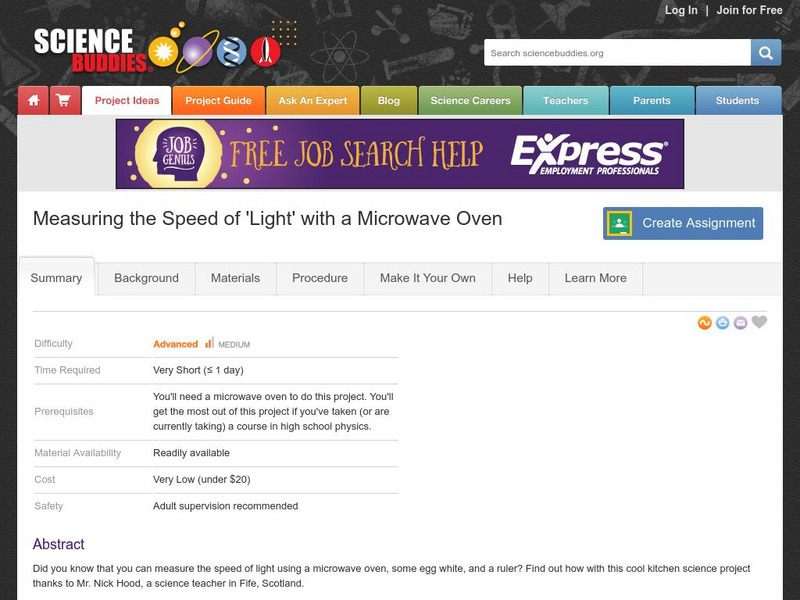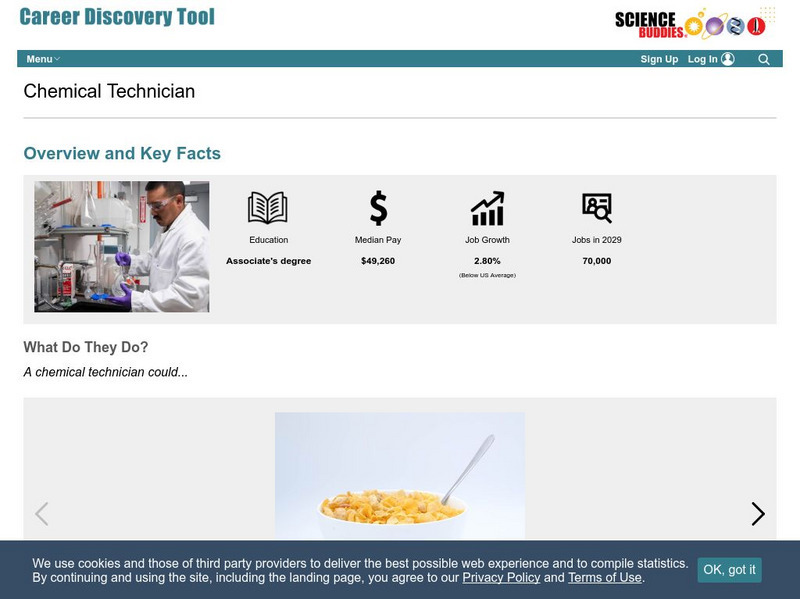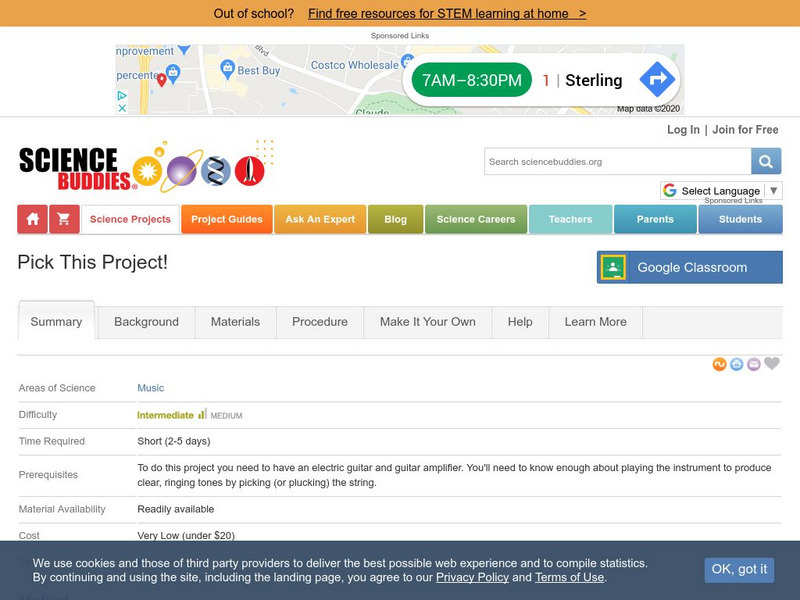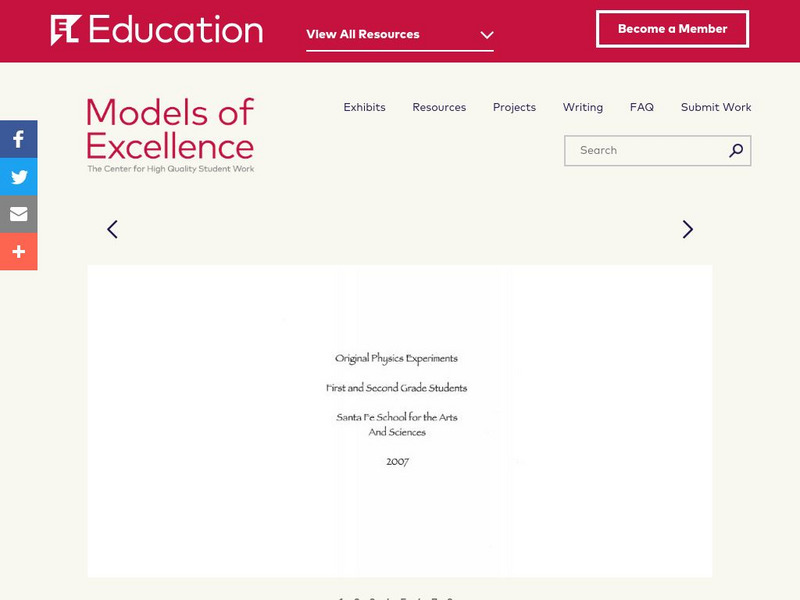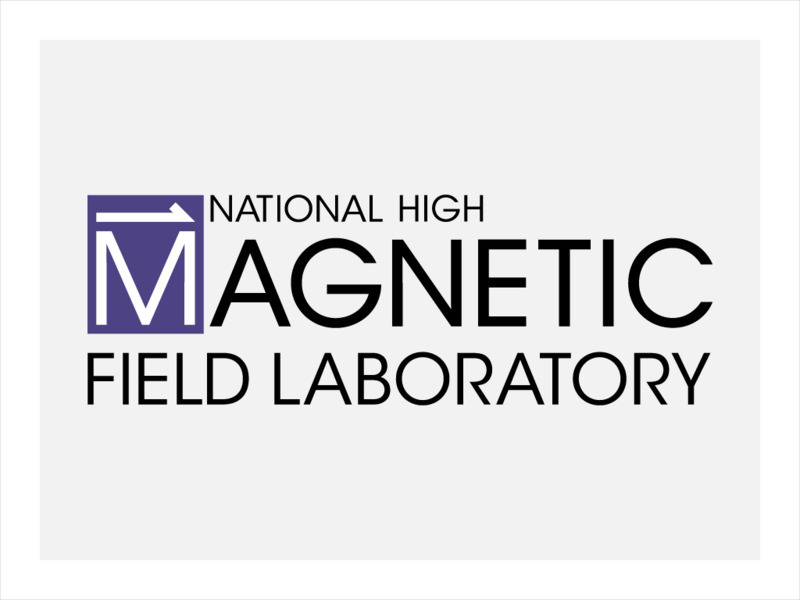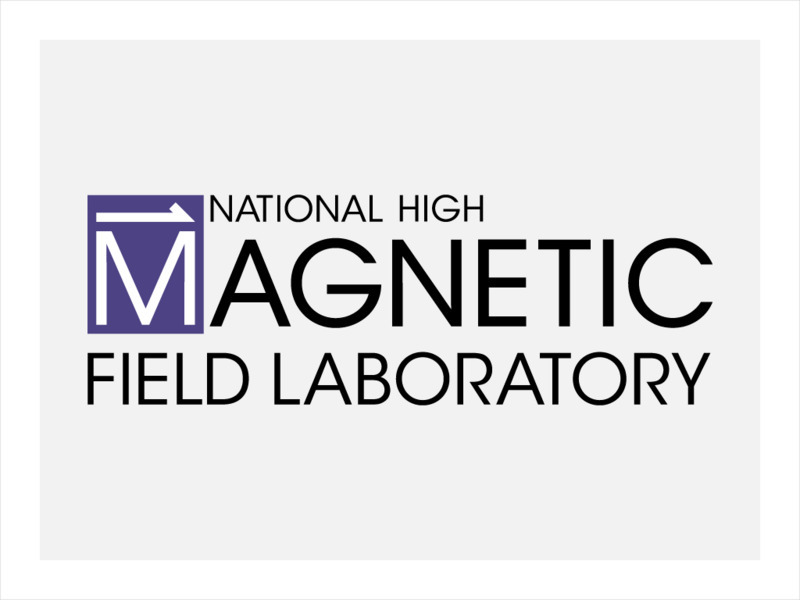Science Buddies
Science Buddies: Measuring the Speed of 'Light' With a Microwave Oven
In this experiment, you will measure the speed of light using a microwave oven, some egg white, and a ruler. This short project proves to be an extremely interesting choice for a science lab, with pictures for illustration, and thorough...
American Chemical Society
American Chemical Society: Science for Kids: Chemical and Physical Change
Engaging hands-on science lessons for grades 2-6 on chemical and physical changes.
Science Buddies
Science Buddies: Career Profile: Chemical Technician
A career as a chemical technician requires an associate's degree as a minimum. If you like testing products, working in a lab, and are detail-oriented, you may be interested in this career strand. This Science Buddies site lays out the...
Science Buddies
Science Buddies: Pick This Project!
This lab will help you understand the physics of vibrating strings, and find out why the tone of an electric guitar changes when you switch between the different pickups. If playing guitars is a hobby of yours, this experiment makes an...
Other
Magnet Lab: Physics Lessons by Science Joy Wagon
These physics lessons and tutorials are designed to be a resource for learning introductory level, algebra-based physics. Organization is by topic, but a search option is available for quickly finding specific information. Although most...
Other
Denison University: Physics of Dance
The researchers in this study set up a mobile lab including six 3D cameras, three laptops, and 70 luminescent markers. Volunteer dancers were prepped with the markers before turning in front of the cameras, which flash infrared light to...
EL Education
El Education: Original Physics Experiments
Students ask questions about why things move the way they do and then design and carry out science experiments on the physics behind the movement. Students create lab reports to explain the steps of their process and to record...
Other
Science Alive: Synthetic vs. Natural: What's the Difference?
Explains the difference between a synthetic compound and one found in its natural state. Uses the example of Percy Julian and Josef Pikl making the compound physostigmine, a medicine that was used in the treatment of glaucoma, in their lab.
Other
Science Hobbyist: Sticky Electrostatics
A series of activities focusing on charge interactions, charging methods, and the conservation of charge. Activities utilize scotch tape and other readily available items. Includes explanations of what is happening.
Other
The Science House: Dancing Spaghetti
The chemical change of matter is illustrated in this lab experiment when spaghetti is placed in a solution of baking soda and vinegar. Watch the spaghetti rise to the surface and sink again once the gas is released.
Lawrence Berkeley National Laboratory
Berkeley Lab: The Fruitful & Inventive Mind of Scientist Luis Alvarez
This article, reprinted from the fall 1979 LBL News Magazine, was written about Dr. Luis Alvarez and his part in the study of geological sediments and the great extinctions.
National High Magnetic Field Laboratory
Magnet Academy: Jack Kilby
The integrated circuit fueled the rise of microelectronics in the latter half of the twentieth century and paved the way for the Information Age. An American engineer, Jack Kilby, invented the integrated circuit in 1958, shortly after he...
Science and Mathematics Initiative for Learning Enhancement (SMILE)
Smile: Crystal Painting
From the Science and Mathematics Initiative for Learning Enhancement (SMILE) program. A lesson plan in which students explore the nature and structure of a variety of naturally occurring crystals, such as quartz, fluorite, citrine,...
Michigan Reach Out
Newton's Apple: Soccer
Learning physics can help you win your next soccer game as well as prepare you for your science studies.
National High Magnetic Field Laboratory
Magnet Academy: Timeline of Electricity and Magnetism: 1870 1879
The telephone and first practical incandescent light bulb are invented while the word "electron" enters the scientific lexicon.
National High Magnetic Field Laboratory
Magnet Academy: Timeline of Electricity and Magnetism: 1940 1959
Defense-related research leads to the computer, the world enters the atomic age and TV conquers America.
